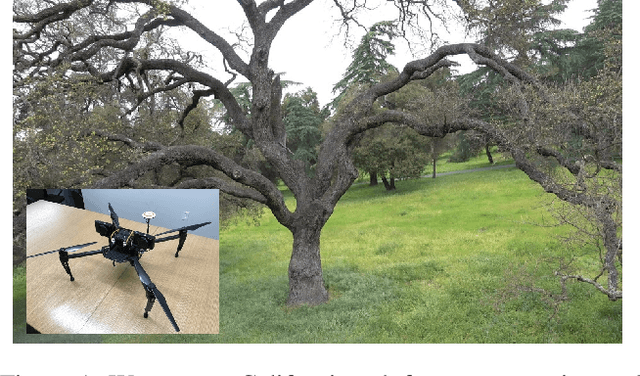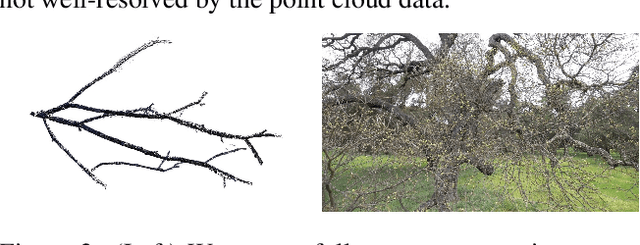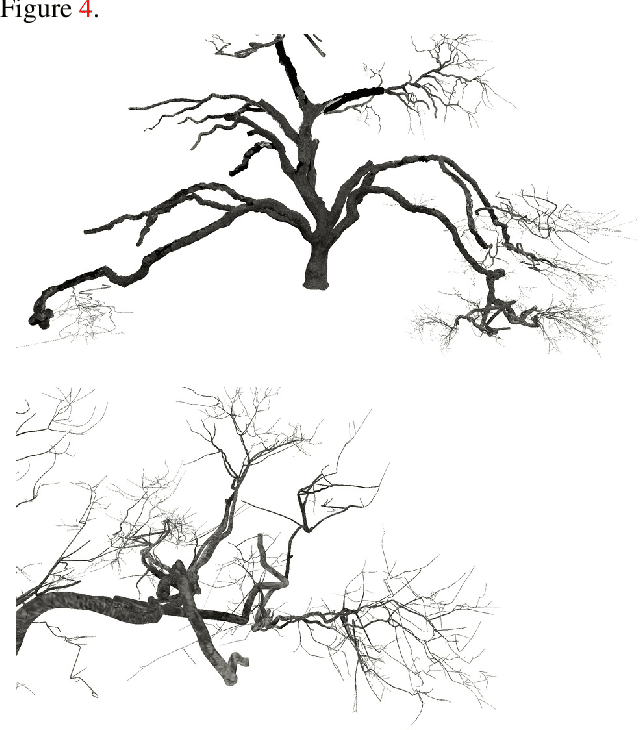Winnie Lin
Infinite-Resolution Integral Noise Warping for Diffusion Models
Nov 02, 2024Abstract:Adapting pretrained image-based diffusion models to generate temporally consistent videos has become an impactful generative modeling research direction. Training-free noise-space manipulation has proven to be an effective technique, where the challenge is to preserve the Gaussian white noise distribution while adding in temporal consistency. Recently, Chang et al. (2024) formulated this problem using an integral noise representation with distribution-preserving guarantees, and proposed an upsampling-based algorithm to compute it. However, while their mathematical formulation is advantageous, the algorithm incurs a high computational cost. Through analyzing the limiting-case behavior of their algorithm as the upsampling resolution goes to infinity, we develop an alternative algorithm that, by gathering increments of multiple Brownian bridges, achieves their infinite-resolution accuracy while simultaneously reducing the computational cost by orders of magnitude. We prove and experimentally validate our theoretical claims, and demonstrate our method's effectiveness in real-world applications. We further show that our method readily extends to the 3-dimensional space.
Leveraging Deepfakes to Close the Domain Gap between Real and Synthetic Images in Facial Capture Pipelines
Apr 27, 2022



Abstract:We propose an end-to-end pipeline for both building and tracking 3D facial models from personalized in-the-wild (cellphone, webcam, youtube clips, etc.) video data. First, we present a method for automatic data curation and retrieval based on a hierarchical clustering framework typical of collision detection algorithms in traditional computer graphics pipelines. Subsequently, we utilize synthetic turntables and leverage deepfake technology in order to build a synthetic multi-view stereo pipeline for appearance capture that is robust to imperfect synthetic geometry and image misalignment. The resulting model is fit with an animation rig, which is then used to track facial performances. Notably, our novel use of deepfake technology enables us to perform robust tracking of in-the-wild data using differentiable renderers despite a significant synthetic-to-real domain gap. Finally, we outline how we train a motion capture regressor, leveraging the aforementioned techniques to avoid the need for real-world ground truth data and/or a high-end calibrated camera capture setup.
Three Dimensional Reconstruction of Botanical Trees with Simulatable Geometry
Dec 20, 2018



Abstract:We tackle the challenging problem of creating full and accurate three dimensional reconstructions of botanical trees with the topological and geometric accuracy required for subsequent physical simulation, e.g. in response to wind forces. Although certain aspects of our approach would benefit from various improvements, our results exceed the state of the art especially in geometric and topological complexity and accuracy. Starting with two dimensional RGB image data acquired from cameras attached to drones, we create point clouds, textured triangle meshes, and a simulatable and skinned cylindrical articulated rigid body model. We discuss the pros and cons of each step of our pipeline, and in order to stimulate future research we make the raw and processed data from every step of the pipeline as well as the final geometric reconstructions publicly available.
 Add to Chrome
Add to Chrome Add to Firefox
Add to Firefox Add to Edge
Add to Edge